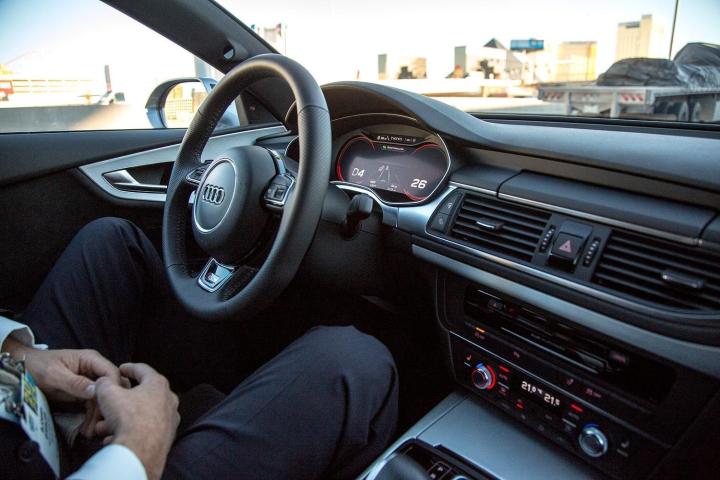
While voice-activated systems are heralded by several companies as the safe alternative to interacting with your smartphone while on the road, the latest research suggests that this is far from accurate. With some of the most complicated systems, like those found in the Mazda 6, the Hyundai Sonata, or the Chrysler 200C, drivers remained distracted for up to 27 seconds after they ended their conversations with their cars. Even less complex systems resulted in long-tail attention deficits of up to 15 seconds — not great for reacting to sudden changes or dangerous roadway conditions.

The study, which involved 257 drivers, ages 21 to 70, used 10 different 2015 model cars to “assess cognitive workload” of the drivers in the vehicles. All participants were given five days to practice and familiarize themselves with the cars and their voice systems before being tested on the resulting effects of their car interactions on their driving. Ultimately, says AAA Chief Executive Peter Kissinger, “the lasting effects of mental distraction pose a hidden and pervasive danger that would likely come as a surprise to most drivers.”
David Strayer, a neuroscientist at the University of Utah who led the research, compared controlling a car’s “smart” system to “balancing a checkbook while driving.”
“When you hang up, you have to figure out where you are, how fast you’re going, where other vehicles are,” he explained. And this mental recalibration not only takes time, but is potentially dangerous to do mid-road.
And it’s not just the systems in your car that are proving to be problematic — the research also suggests that smartphone systems like Microsoft’s Cortana, Apple’s Siri, and Google Now are distracting for drivers, so just because you’re hands-free doesn’t mean you’re mind-free too. The concern, researchers note, is that “with the explosive growth in technology, the problem of driver distraction is poised to become much more acute.”


